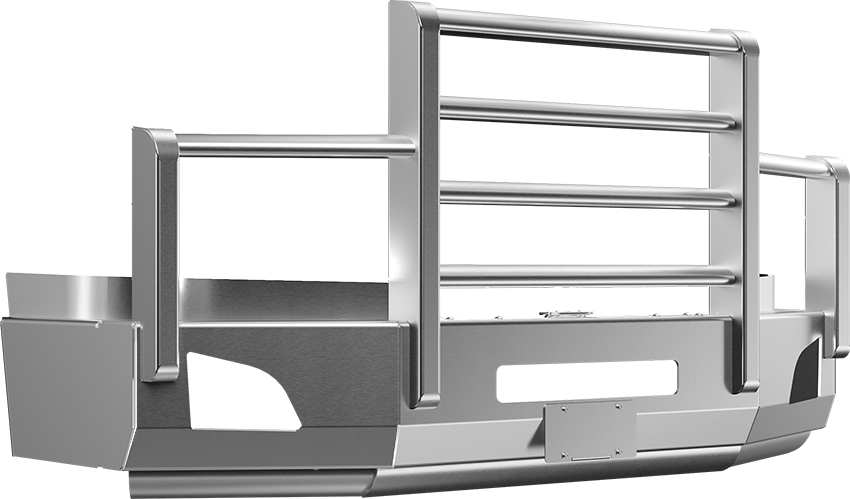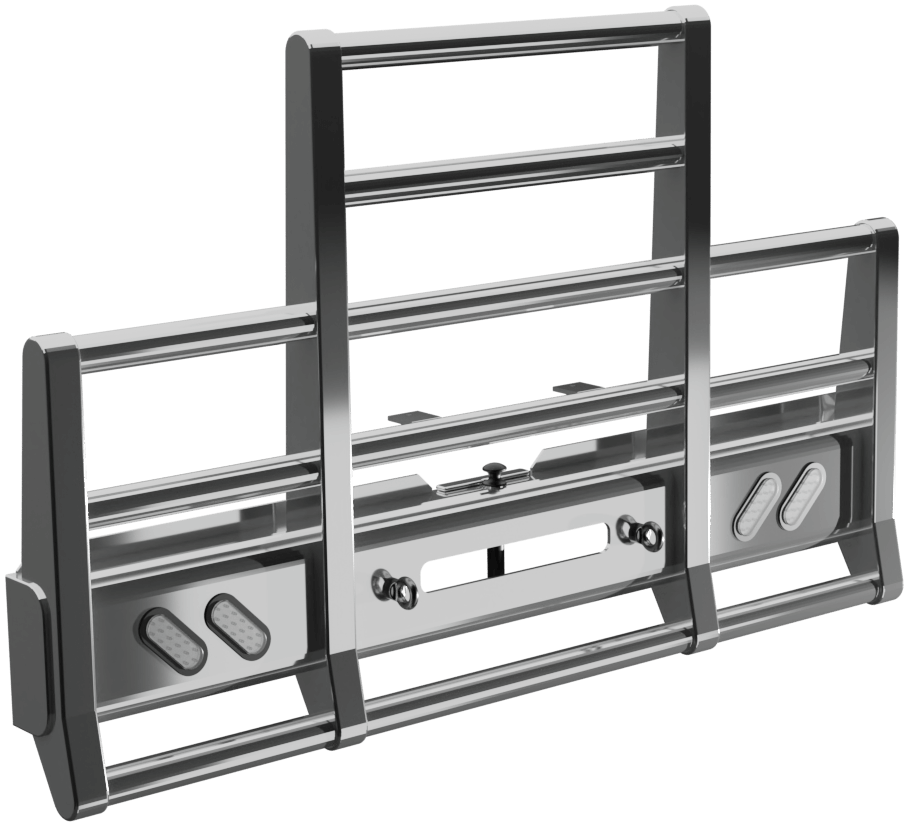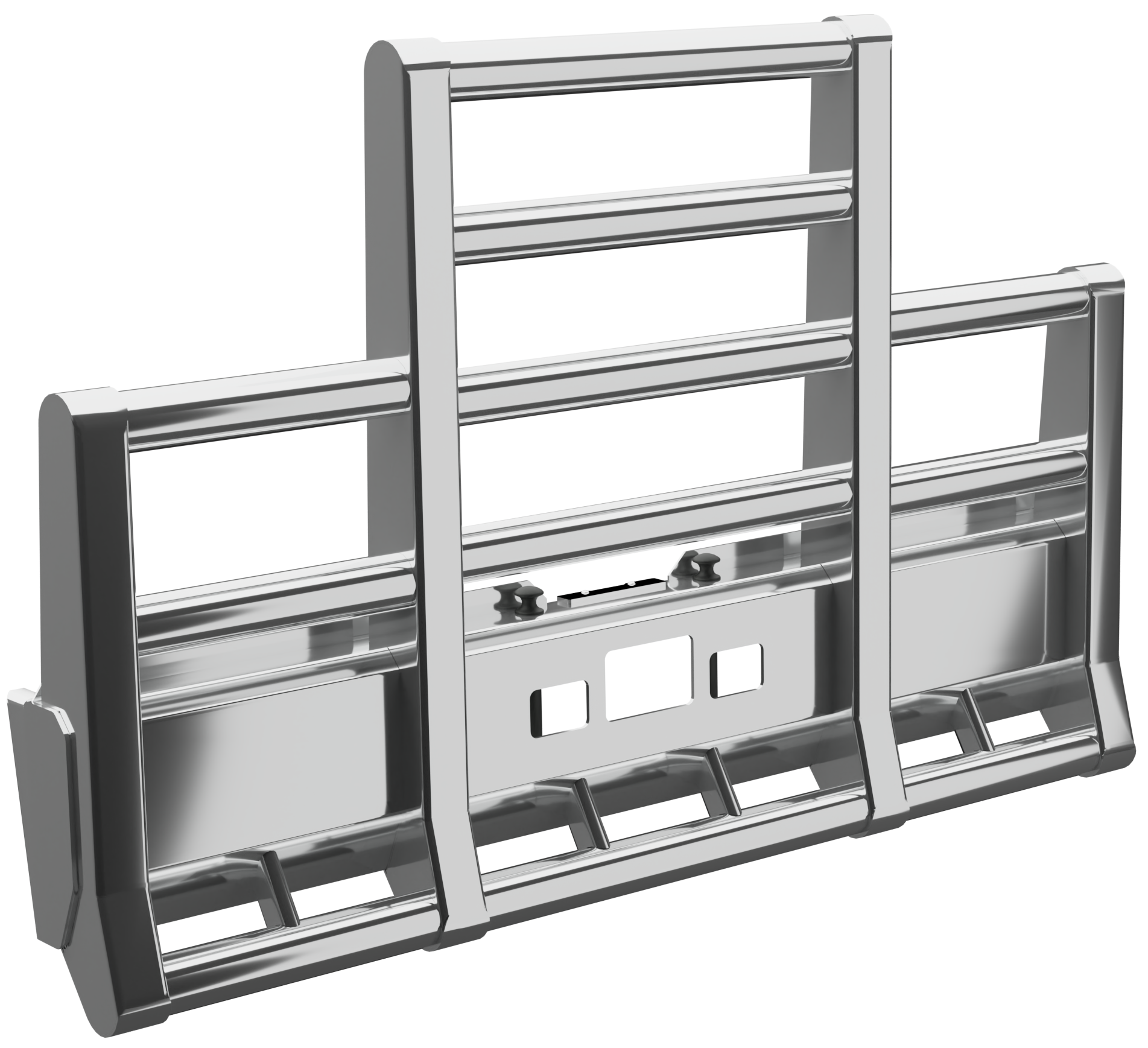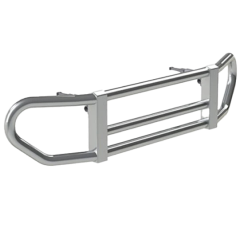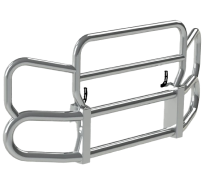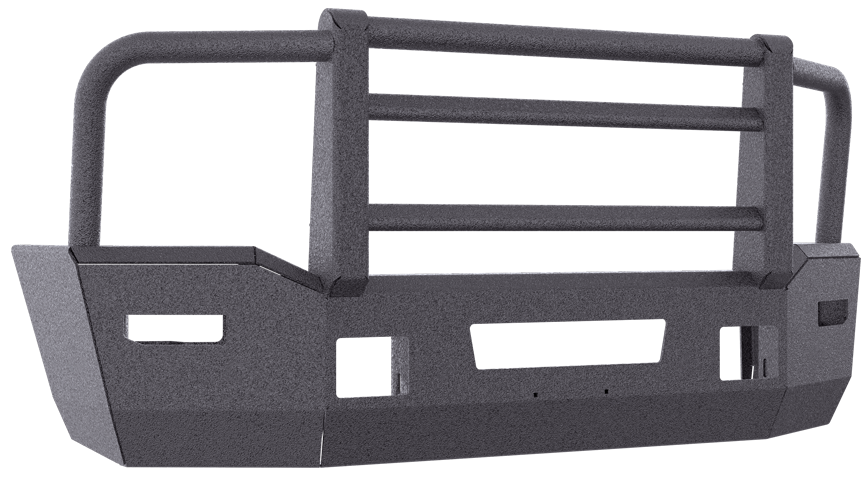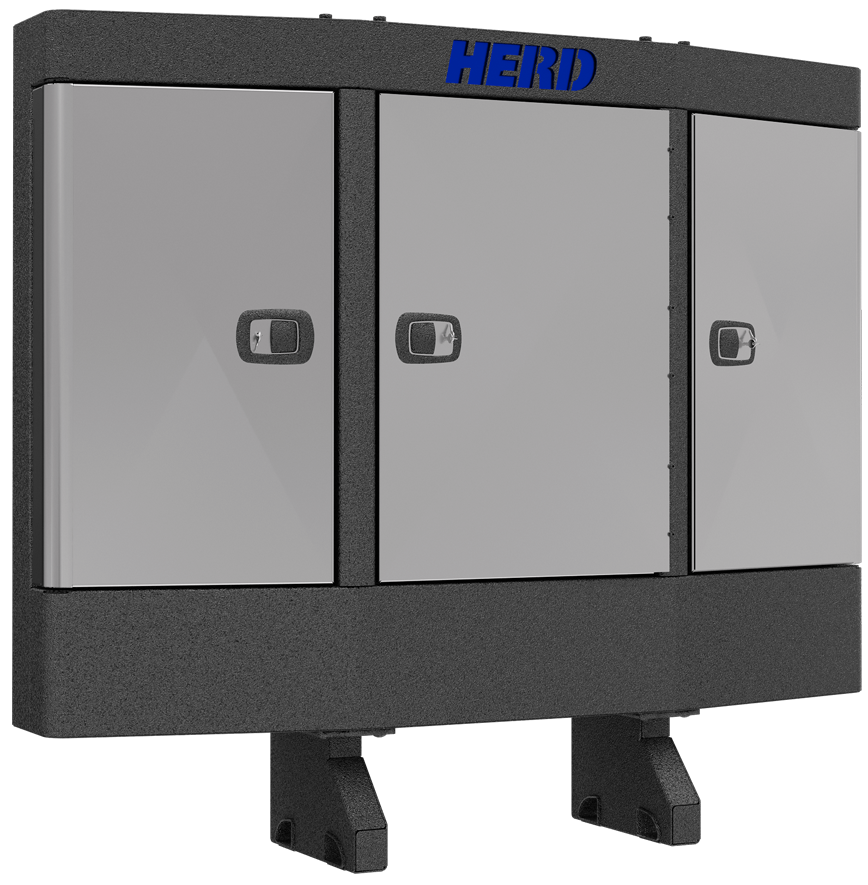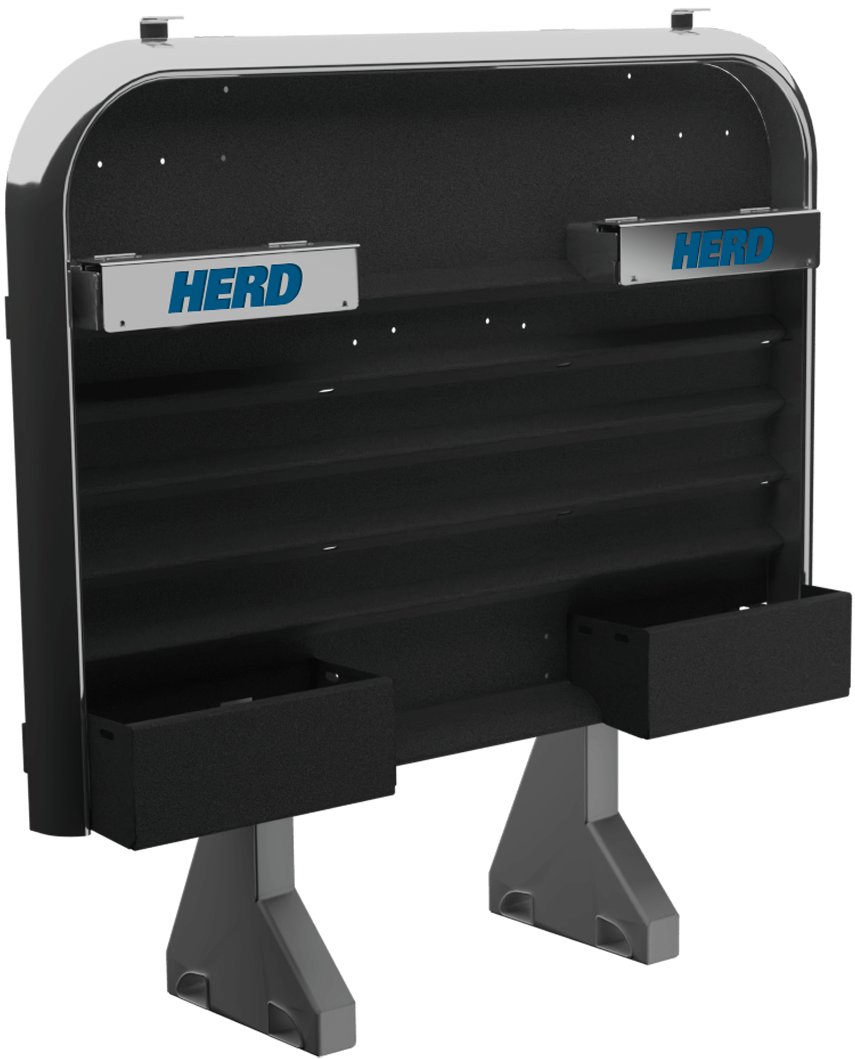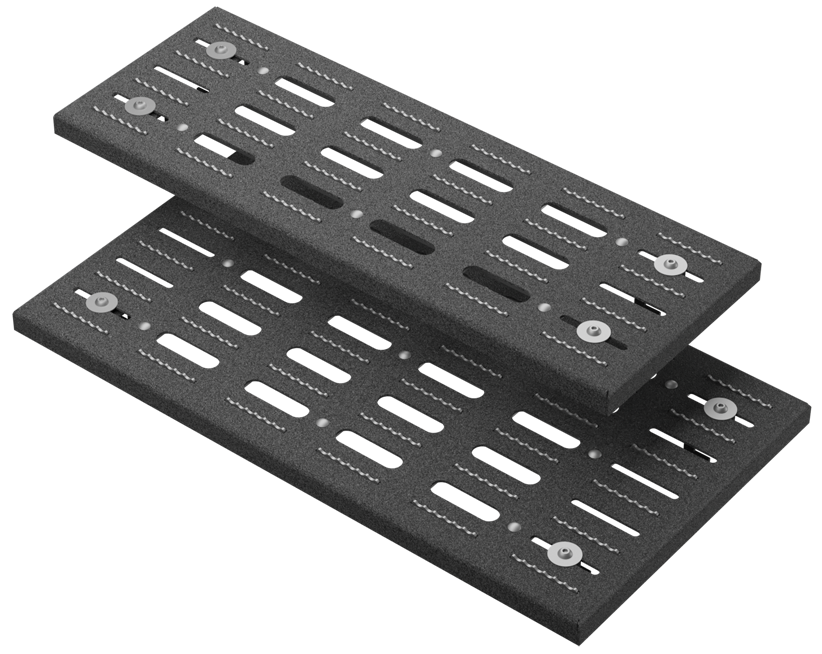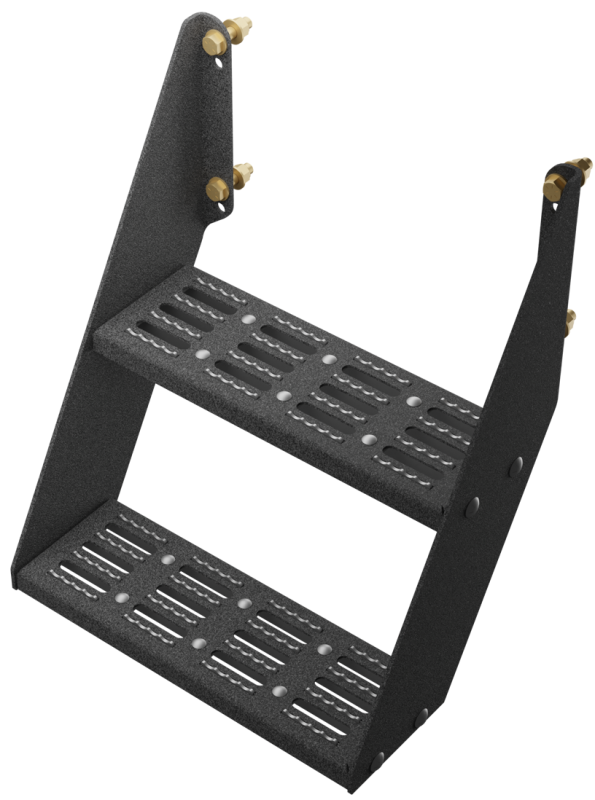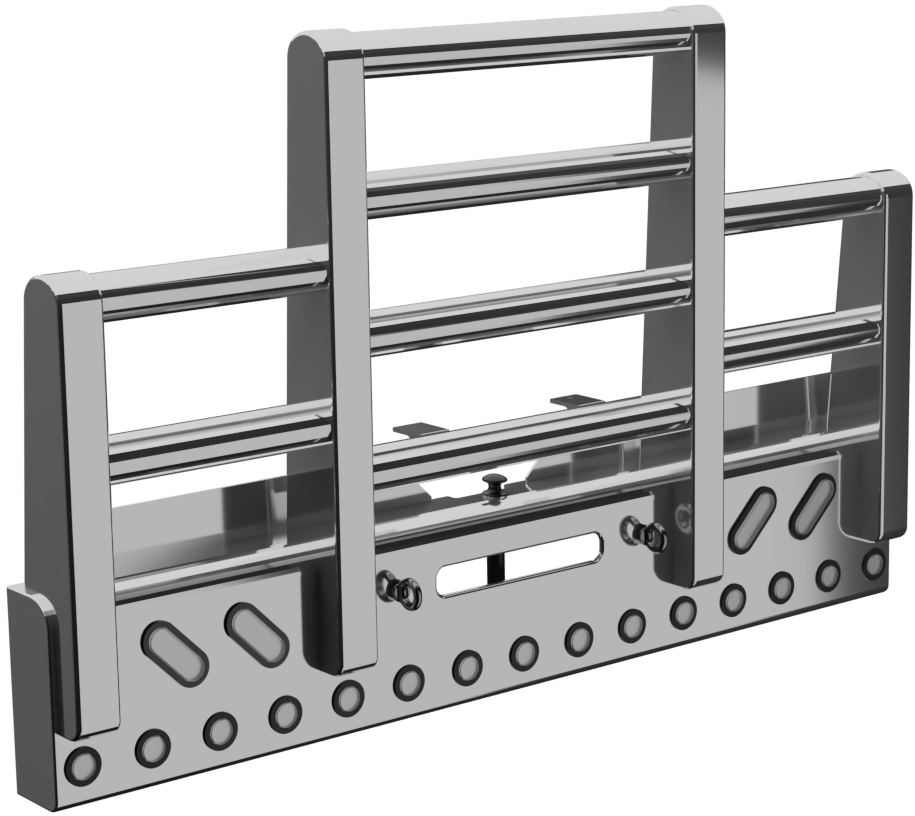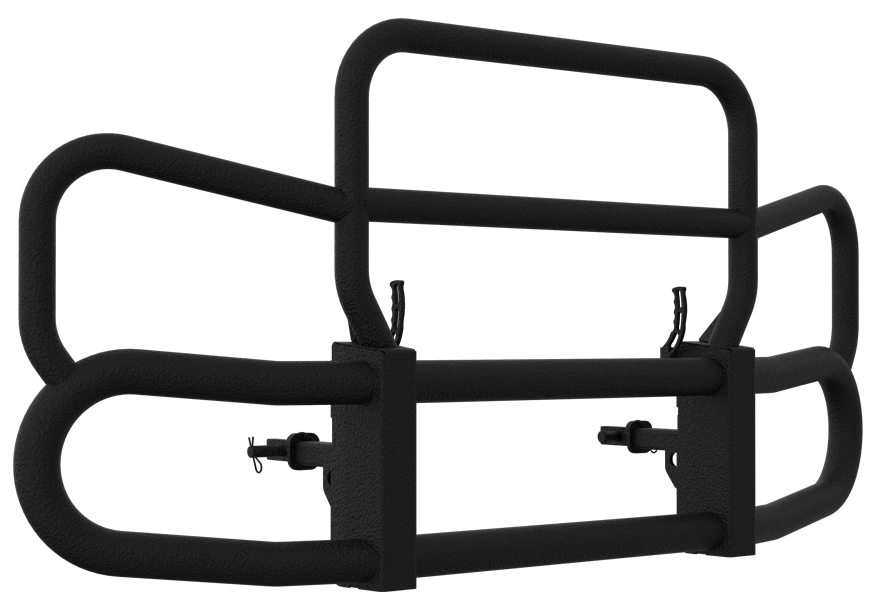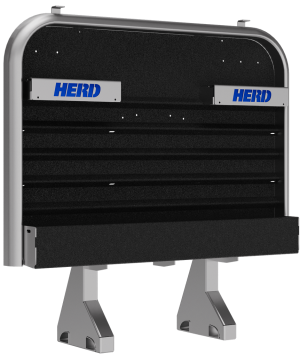EVOLUTION OF THE SEMI-TRUCK: A LOOK AT SEMI-TRUCKS
A large diesel truck hauling a huge rectangular storage trailer with several sets of wheels, counting to 18, comes to mind at the mention of a semi-truck. When something so big comes with the name, it is hard not to wonder why the trucks are counted as only half. The “semi” term in semi-truck refers to the trailer portion. This portion is technically only half-sized according to when the vehicle design first originated in France in 1769. This was when Nicolas J. Cugnot developed his experimental artillery tractor.
The Beginning
That first experimental artillery tractor did not hit the US until the 19th century. Unfortunately, experimental vehicle builders were not encouraged as the railways were the main method of transporting goods across the country. It was not until the 1890s when the request for motor vehicles started to skyrocket. Originally, these motor wagons resembled horse-drawn versions with motors under the body. That meant these heavy machines were limited to short hauls on paved roads and limited to in-city deliveries and trips.
Of course, that did not stop everyone. Founded in 1896, Winton Motor Carriage Company of Cleveland, OH, pioneered the trucking industry. They designed the first truck to carry cargo in an attached trailer in 1898, delivering horseless carriages. The principle and design from the Winton Motor Carriage Company carried over into the creation of today’s flatbed trailers or “removable goosenecks” (RGN) and became part of the travel industry. Almost all of the camping trailers today use that design.
Development and Design
Unfortunately, none of these early trucks were known for efficiency or reliability. That meant most stuck to small loads and stayed in the city. They did become advertisements for the novelty of having a semi-truck. It was at this point, in 1910, that new designs for the semi-truck began increasing the company’s profits. Designers took the improvements made for passenger cars and applied them to their vehicles. They placed vertical four-cylinder engines under a hood in front of the driver and replaced chain drive options with several forms of the gear drive.
In 1912 specifically, the development of the tractor and semi-trailer combination took advantage of the serviceable four-wheel wagons originally pulled by horses. The layout meant the tractor’s back wheels replaced the horses and front wheels, giving us the semi-trailer look still used today.
Boost of Production
There were 25,000 trucks produced in 1914, and that tripled in 1915. Poor road conditions and a maximum speed of 15 miles per hour kept the trucks relegated to city streets. Simultaneously, August Charles Fruehauf, a blacksmith in Detroit, designed a method to haul a boat on a trailer and created another design for lumber. It was not until 1918 that he created the Fruehauf Trailer Company.
Military Uses
World War I forced additional attention on new designs for the trucks to suit military needs. They sent several of these trucks overseas with the 2 million troops. One of the improvements included inflatable tires that made it easier to drive over rugged terrain. Two trucks became the focus moving forward, with their designs built by White and Mack. Because of how well they could be used during the war, the trucks became the most used around the country. By 1920, there were a million semi-trucks.
During the war, railroads became congested and inefficient at hauling freight. It was during this time that semi-trucks began to pick up the slack left by the railway industry. With the addition of better tires, specifically pneumatic tires that were capable of withstanding heavier loads, drivers could increase their truck’s speed by double. With the higher speeds of these hauling vehicles, it required the country to start bettering the roads. The hard-surfaced highway system began the process of expanding its network across the country.
Continued Improvements
It was not long that the developments gave semi-trucks their value. Power-assisted brakes, three-axle trucks, and six-cylinder engines showed improvements, boosting the new highway system’s safety and efficiency. Heavier loads were able to be taken in the early 1930s, a 500 percent increase. Additional innovations, such as trailer switching arrangements that allowed reduction of extra freight handling and led to the development of standardized sizes of trailers, fifth wheels, brakes, and other components, meant these trucks became the backbone of American industry. It was at this time that diesel trucks were introduced in the 1930s. It was not until the decade after in the 1940s that shortages of steel, rubber, and gasoline slowed the industry’s standard growth and the alternative fuel truck became more common.
The Second World War
During World War II, the government ordered and deployed over 35,000 Mack trucks to assist in the war effort. The trucks also came into play when railroads no longer serviced some cities and towns. It was after the war that the trucking industry resumed its regular but rapid growth. In the 1950s to 1960s, the latest development was called “intermodal” shipping or “piggybacking.” The terms meant companies were using railway flatcars to ship loaded semi-trailers long-distance. In 1970 alone, 1,264,501 semi-trailers were shipped this way on flatcars. During that same year, the national truck total was 18,747,781, triple that of the 1941 figure.
Government Action
The 1980 Staggers Act and the 1980 Motor Carrier Act played big parts in affecting the trucking industry. The first affected the regulatory control the Interstate Commerce Commission (ICC) had over railroads. The second partially deregulated trucking. This allowed the number of piggybacking semi-trailers to increase by 70 percent in just five years after the acts’ introduction. This also allowed the number of freight carriers who got permission from the ICC to extend their network nationwide to grow from under 100 in 1980 to 5,000 in 1990.
Today’s Semi-Trucks
Semi-trucks haul about 70 percent of all freight in the US today. White and Mack still exist as subsidiaries of parent companies, such as Navistar, Volvo, PACCAR, and Daimler. Currently, 36 million trucks are used today. 3.7 million are in the Class 8 category, which is the most recognized semi-truck from the public. They haul over 6 million trailers across the continent. Those Class 8 truck brands include Kenworth, Peterbilt, International, and DAF.
Sources:
https://www.thetrucker.com/truck-driving-jobs/resources/trucking-industry-history-and-overview
https://www.encyclopedia.com/history/united-states-and-canada/us-history/trucking
